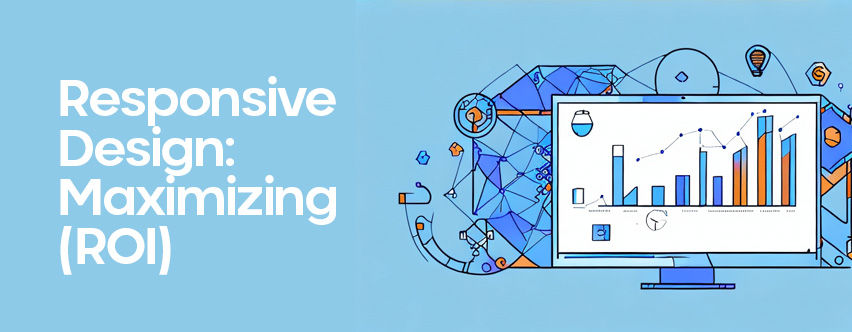In the fast-paced world of web development, the concept of responsive design has gained significant traction. Responsive design ensures that a website functions seamlessly across various devices and screen sizes, offering users a consistent and enjoyable browsing experience. But does responsive design truly provide a better return on investment (ROI)? In this article, we’ll delve into the advantages of responsive design, explore its impact on ROI, and address some common questions surrounding this pivotal web development strategy.
Table of Contents
The Power of Responsive Design: Delivering Consistency Across Devices
Responsive design is the practice of designing and developing a website so that it automatically adjusts and adapts its layout, images, and content to fit different screen sizes and orientations. This approach offers several benefits, including:
- Enhanced User Experience: Users can easily navigate and interact with your website, regardless of the device they’re using.
- Improved SEO: Google favors responsive websites in search rankings, leading to increased visibility and traffic.
- Cost Efficiency: Maintaining a single responsive website is more cost-effective than creating separate websites for different devices.
The ROI Equation: How Does Responsive Design Impact ROI?
To assess whether responsive design provides a better ROI, it’s essential to consider both short-term and long-term impacts:
Comparison Table: ROI Impact of Responsive Design vs. Traditional Design
| Aspect | Responsive Design | Traditional Design |
|---|---|---|
| User Engagement | Higher Engagement | Potential Bounce Rates |
| Conversion Rates | Increased Conversions | Conversion Hurdles |
| Mobile Traffic | Captured Mobile Audience | Limited Mobile Engagement |
| Maintenance Costs | Lower Maintenance Costs | Multiple Site Maintenance |
Key Insights and Statistics
- 3% of mobile users abandon a site if it takes longer than 3 seconds to load.
- 85% of adults believe a company’s mobile website should be as good as or better than their desktop website.
- Google’s Mobile-First Indexing prioritizes responsive websites for search results.
FAQ: Addressing Common Queries About Responsive Design and ROI
Q: Is responsive design worth the investment for smaller businesses?
A: Absolutely. Responsive design ensures that your website caters to the growing mobile user base, boosting your business’s online presence.
Q: Can responsive design positively impact my site’s search engine ranking?
A: Yes, responsive design is favored by search engines like Google, leading to improved visibility and rankings.
Q: How does responsive design impact user engagement?
A: Responsive design fosters positive user experiences, reducing bounce rates and encouraging longer visits.
Q: Will responsive design help my website on social media platforms?
A: Yes, responsive websites provide a seamless experience when shared on social media, increasing the likelihood of user engagement.
In Conclusion: The ROI-Boosting Potential of Responsive Design
Responsive design isn’t just a trend; it’s a strategic investment that yields substantial returns. By providing an optimized browsing experience across devices, you’re enhancing user engagement, boosting conversions, and future-proofing your website. The ability to adapt to the evolving digital landscape and the increasing mobile user base positions responsive design as a key driver of ROI.
When considering the question “Does responsive design provide a better return on investment?” the answer is a resounding yes. As businesses continue to prioritize user experience and adapt to changing consumer behaviors, responsive design stands as a foundation for digital success, ensuring your website not only reaches but also resonates with your target audience across all screens.


Leave a Reply